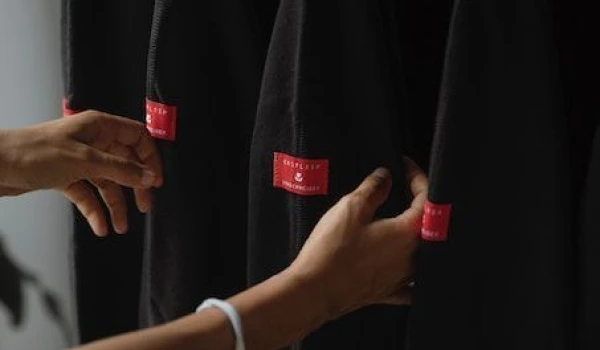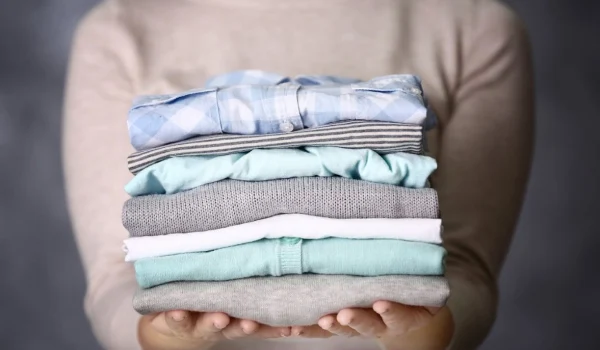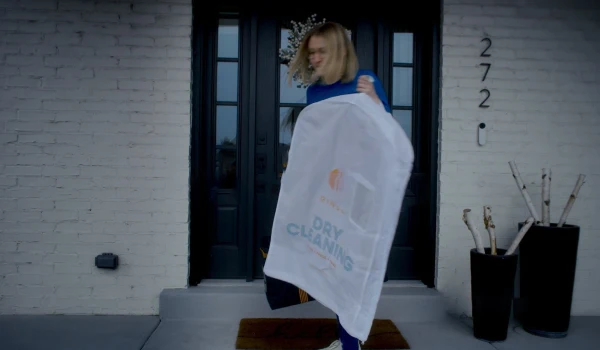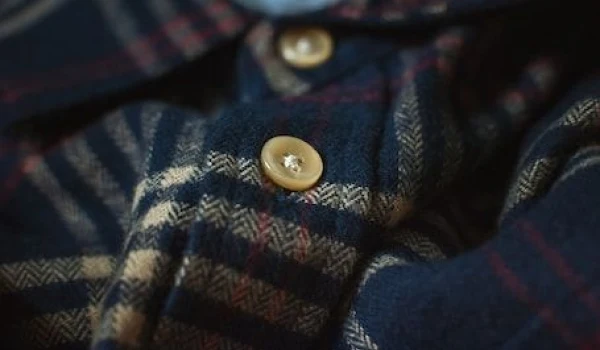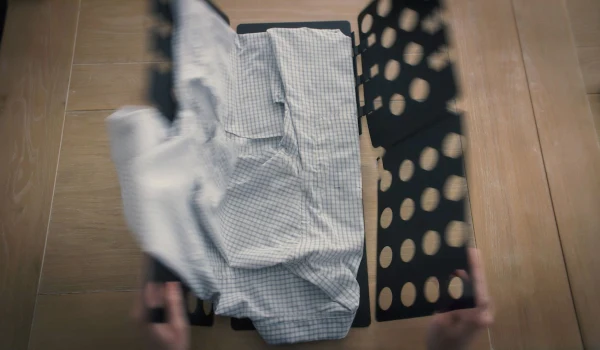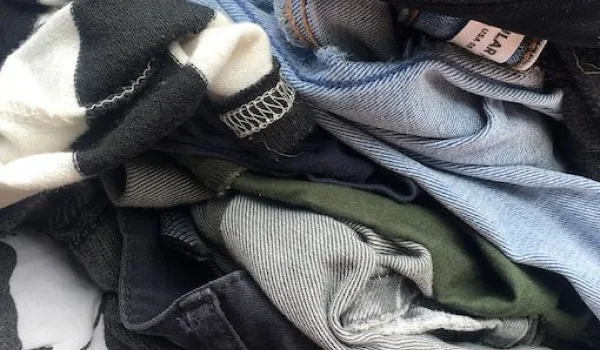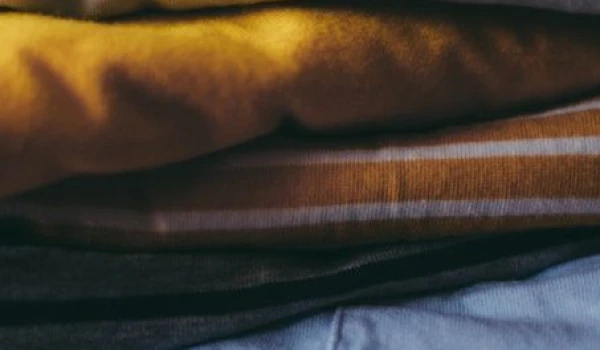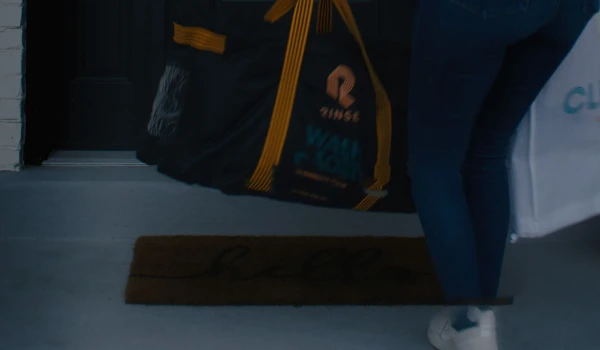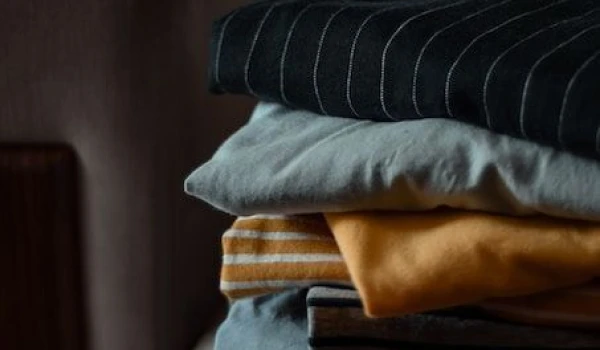Introduction
When you launder clothes, an important consideration is the water temperature. Should you use hot water? When is cold water the better choice?
The answer depends on the type of stain and the fabric. We've all been in situations where we rub a stain until our arm falls off, and yet, the stain persists. The problem could be rectified with the right water temperature.
Luckily, we're here to solve your stain removal woes. Let's look at when to use hot or cold water for stains.
Why Does Hot Or Cold Water Matter For Stain Removal?
Both hot and cold water are important for washing clothes. However, certain factors make one more effective than the other for stain removal.
Hot water removes stains by breaking down and dissolving the stain-causing substances. Cold water has a different mechanism – it prevents the binding between proteins from the stain and the fabric, making it better for protein-based stains like baby food or blood.
In general, if you use the wrong temperature to remove a stain, you will find the results disappointing and need to rewash your clothes. This is not just a waste of time and energy, but also wear on the fabric's texture and color.
In general, hot water is better for synthetic fabrics, while cold water is better for natural fabrics.
However, in some cases, you can use both hot water and cold water. Such instances include stains from fruit juice, urine, vomit, or tomato sauce.

When to Use Cold Water
Cold water, in combination with laundry detergent, makes an effective stain remover. Cold water is ideal when washing delicates as it is gentler on the fabric and helps protect it. A delicate garment has a higher risk of shrinking, fading, or losing its shape when exposed to hot water.
Cold water is also more eco-friendly since it uses less energy compared to hot water, reducing your carbon footprint.
Here are some stains you can remove with cold water:
-
Grass stains
-
Fabric
-
Juice and milk
-
Baby food
-
Blood
-
Water-based paint
-
Egg
One thing you'll notice about these stain types is that most of them are protein-based. Let's take a blood stain as an example. It contains proteins that will coagulate in hot water, making it harder to remove the stain.
Note that sometimes removing a blood stain may require some extra effort, and cold water alone may not suffice. Here's what to do in that scenario:
-
Make a solution of two parts water and one part vinegar.
-
Soak the blood-stained area for 30 minutes.
-
Blot or rinse the stain with a damp cloth. Do not scrub the stain, as this may spread the blood further.
-
If the stain persists, mix a tablespoon of laundry detergent with a cup of water and apply it to the stain. Let it sit for 15 minutes before blotting or rinsing with a damp cloth.
However, keep in mind that repeated application of undiluted vinegar can break down the fabric's fibers – use white vinegar sparingly on clothes.

When to Use Hot Water
You should use hot water if you're dealing with oily or greasy stains. These include butter, cooking oil, and sweat. Here are some additional stains you can remove with hot water:
-
Makeup
-
Wine
-
Lotions
-
Gum
-
Grease
Pretreatment and presoaking can often help in getting rid of stains easily. For example, if you're dealing with a sweat stain, pretreat it by soaking the stained garment in a mixture of half a cup of white vinegar (distilled) and a cup of hot water.
Take it out after 30 minutes and put it in the washing machine on a hot cycle.

When to Use Cold or Hot Water
As we've already mentioned, you can wash certain clothes and remove stains with any water temperature.
In these cases, most people prefer defaulting to cold water since it's less harsh on clothes and saves energy and money. Here are some stains that you can deal with using either hot or cold water:
-
Tomato sauce stains
-
Mud
-
Fruit stains
-
Chocolate
-
Coffee
If the stain doesn't go away, you may have to rewash it. Just give the stain a good rub before you throw it in the washing machine again.

How to Remove Oil-Based Stains
Here's what you need to know about oil-based stains: you can't remove them with hot or cold water or even a combination of them. That's because water and oil don't mix.
Most other types of stains are either protein-based or dye-based. Both protein and dye can dissolve in water. However, the same is not true for oil.
Therefore, you will need additional solutions to get rid of these stains, specifically substances with carbon ends that attach to the oil molecules and pull them away from the fabric.
Here are some solutions you can use for oil-based stains:
Oxygen Bleach
It's time to bring the big guns out when you have to tackle tough stains, such as motor oil ones.
Oxygen bleach will do the job because it is composed of hydrogen peroxide and sodium carbonate. Upon water exposure, the bleach releases oxygen, which lifts the oil from the fabric's surface.
Here's how to use it:
-
Create a mixture of oxygen bleach with water. The packaging will come with instructions.
-
Soak the stained fabric in the mixture for an hour or overnight, depending on how severe the stain is.
-
Rinse the garment.
-
Wash it in your regular washing machine cycle.
Only do this with bleach-safe clothes. Otherwise, the colors will fade, and the fabric could get damaged.
Dishwashing Soap
Dish soap is made to cut through grease on dishes. So, it must do the same on clothes, shouldn't it?
-
Apply a generous amount of dishwashing soap to the stain.
-
Rub it in with your fingers.
-
Let the soap sit on the stain for 10 to 15 minutes.
-
Rinse the dishwashing soap off with warm water.
-
Wash and dry the fabric as you normally would.
Make sure you've removed the soap from the fabric completely before you throw it in the washing machine with the rest of your laundry.
Solvent-Based Cleaners
There's no better stain remover than a solvent-based cleaner when it comes to oily stains.
-
Read the instructions on your solvent-based cleaner.
-
Apply it to the stained area according to those instructions.
-
Let the solvent sit on the fabric for a few minutes, but don't let it dry.
-
Rinse off the solvent with warm water.
-
Run a regular wash cycle on the fabric.
Regardless of the solvent-based cleaner you use, it's imperative to check the fabric's label for any special care instructions.

Experience Effortless Stain Removal with Rinse
Some stains are just too stubborn and don't want to leave your clothes, irrespective of the type of cleaner you use. But don't lose hope, there's a solution for that too!
Rinse's professional laundry service will take the load (quite literally) off your hands. Since we have multiple years of expertise in tackling tough to downright impossible stains, trust us when we say that we know how to do the job right.
For your convenience, we pick up laundry and dry cleaning from your doorstep and deliver it back. You simply have to schedule a pickup, and voila!
Contact us at Rinse today to see our skill in action.

Have laundry or dry cleaning to do?
Rinse picks up, cleans and delivers 7 days a week. Amazingly awesome. Ridiculously simple.



